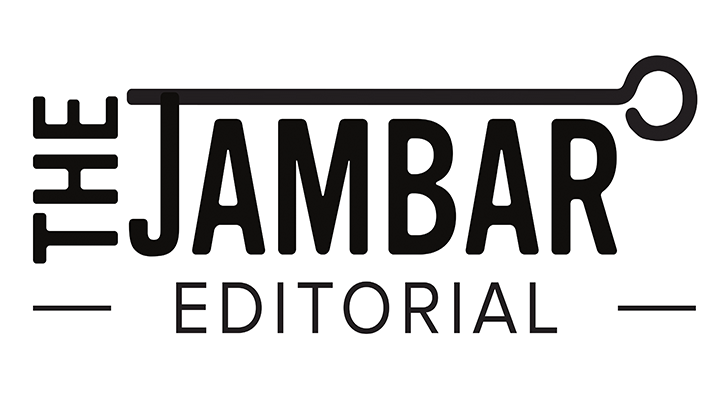Photographer Lynn Goldsmith photographed the musician Prince in 1981. Andy Warhol, an artist and filmmaker, used that image and created his own artwork of Prince. The question now is if it was in fair use.
Copyright is when a piece of work’s owner has the right to copy, distribute and profit from. the work how they like. Fair use is when a piece of work can be used without the permission of the original owner for purposes such as criticism, comment, news reporting, teaching, scholarship or research as stated by copyrightalliance.org.
Starting in 2016, the question of whether Andy Warhol’s “Prince Series” infringed on the copyright of Goldsmith’s photo is now being left up to the Supreme Court.
Vanity Fair magazine commissioned Andy Warhol in 1984 for an illustration to use in a story. Goldsmith’s agency licensed out the photograph of Prince to Vanity Fair and was credited for its creation during this time. It wasn’t until 2016 when Goldsmith discovered Warhol created 15 other artworks based on the photo, which was used by Condé Nast without credit to her.
From there, Goldsmith took to a federal district court where she lost to the Warhol Foundation with the court saying the work was in fair use and Warhol converted her work into a completely different message.
After this ruling, the case was taken to a federal court of appeals, where the court stated Warhol did not change his work to represent a different meaning or message and reversed the first federal district court’s decision. The Warhol Foundation brought the case to the Supreme Court to overturn the federal appeals court decision.
Depending on the Supreme Court’s decision, the outcome could be tremendous. The consequences would not only affect artwork, but also publishing, movies and any secondary pieces of work.
A concern being voiced is if Goldsmith wins the case, it would make it illegal for artists, museums, galleries and collectors to display, sell, profit from, maybe even possess, a significant quantity of works, as stated by Roman Martinez, attorney for Latham & Watkins.
This could also give the original artists more control of work and could inhibit future creativity. As stated by Terence Ross, an intellectual property litigator, he said the bargaining power between the artist and secondary uses of original work will change after the lawsuit.
On the other hand, Lisa Blatt, attorney for Williams & Connolly, stated deciding whether a piece of work has a different meaning to the original work would rob photographers of control over their images.
The Supreme Court heard oral arguments Oct. 12 and a decision by the Supreme Court should be made by June 2023, as stated by ABC News.
